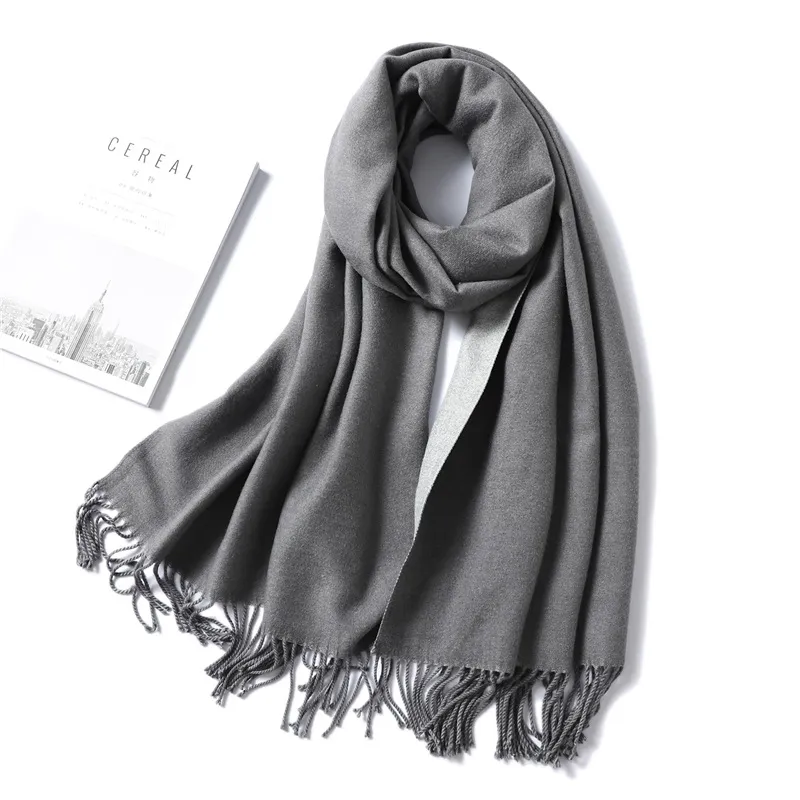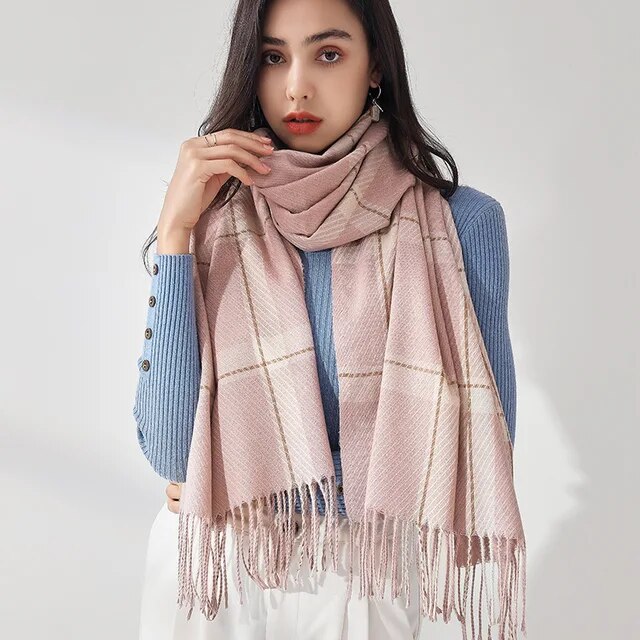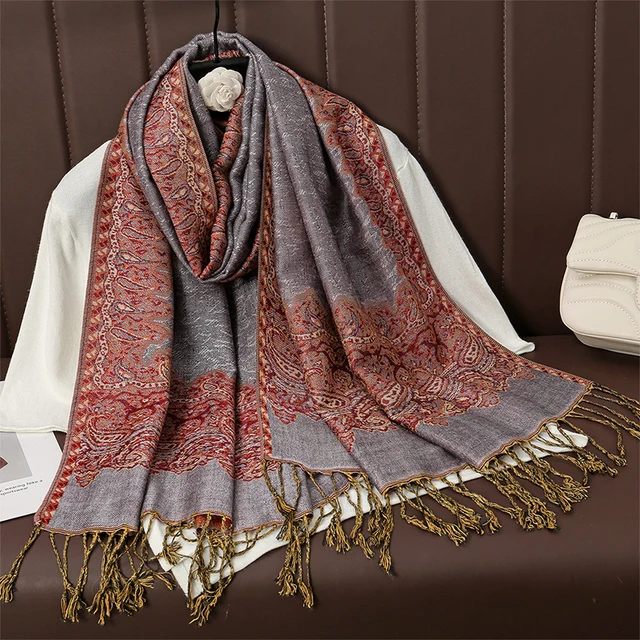
When the chill sets in and the air becomes crisp, staying warm without sacrificing style can often feel like a challenge. But there’s one timeless accessory that effortlessly combines function and fashions. Whether you’re heading to work, going for a casual stroll, or enjoying sports, ear shields have long been a staple in cold-weather wardrobes. Today, we’re diving deep into the history, benefits, styling tips, care instructions, and modern-day must-haves in the ear cover world—and yes, we’ve got the perfect links to elevate your look.
Why these items, you ask? Because they’re more than just practical—they’re iconic. From vintage photos to modern streetwear looks, these items have earned their place in the fashion hall of fame. Unlike bulky hats or scarves, ear cover provides targeted warmth without flattening your hairstyle or adding unnecessary layers. Plus, they’re available in countless designs to match any aesthetic, whether you’re minimalist, edgy, classic, or sporty.
In this ultimate guide, we’ll not only walk you through the fascinating backstory of how ear shields became a essential, but we’ll also reveal how to integrate them effortlessly into your wardrobe, how to care for them so they last season after season, and even how they’ve evolved with contemporary trends.
A Brief History of Earmuffs
Believe it or not, these items have a rather charming and inventive origin story. The ear shield was invented in 1873 by a resourceful 15-year-old boy named Chester Greenwood from Farmington, Maine. Greenwood, an avid ice skater, found that his ears would quickly freeze while gliding across icy surfaces during the harsh New England winters. Determined to find a solution, he took matters into his own hands. Using a piece of wire bent to fit over his head and padded with beaver fur, he crafted the very first prototype of the ear cover. It was a simple yet ingenious idea that addressed a real need.
Recognizing the potential of his creation, Greenwood didn’t stop there. He refined his design by improving its durability and comfort, eventually patenting it as the “Champion Ear Protector.” The design quickly gained traction, and soon, people from all over the country wanted to get their hands (or ears!) on this new essential. In fact, Greenwood’s hometown of Farmington proudly embraced his invention, earning itself the title of the “Earmuff Capital of the World.” To this day, Farmington celebrates Greenwood and his contribution with Chester Greenwood Day every December, complete with parades and themed festivities.
But the story of these items doesn’t end there. As decades passed, ear cover continued to evolve. During World War I and II, military forces utilized ear shield and similar ear protection gear to shield soldiers from freezing temperatures and harsh winds during winter deployments. This functional accessory proved critical in preventing frostbite and preserving hearing health.
By the mid-20th century, these items transitioned from purely utilitarian gear to a fashionable staple. With advances in materials and manufacturing, designers began experimenting with plush fabrics, faux fur, and a variety of colors and patterns, transforming ear cover into stylish statement pieces. Celebrities and fashion icons started incorporating ear shields into their wardrobes, appearing in films, advertisements, and even fashion shows, solidifying ear cover’s place in pop culture.
Fast forward to today, and earmuffs are as versatile and trendy as ever. No longer just a tool for survival in cold climates, they’ve become a symbol of cozy, chic style. From sleek minimalist designs to bold, fluffy statement pieces, these items are beloved by men, women, and children alike, offering warmth, comfort, and a touch of personality.
And with the rise of sustainable fashion, many ear cover brands now prioritize eco-friendly materials and ethical production practices, ensuring that you can keep your ears warm while supporting a more conscious lifestyle.
When the temperatures drop, it’s easy to pile on layers of scarves, hats, and coats, but these items offer a streamlined, stylish alternative that delivers both comfort and functionality. Here’s why ear shields should be at the top of your must-have list:
Why Earmuffs Are a Winter Essential
1. Warmth Without Bulk
Unlike bulky hats or scarves that can weigh you down or ruin your hairstyle, these items provide targeted warmth to your ears without adding unnecessary layers. They cover only what needs to be protected, leaving you free to style your hair or wear other accessories with ease. Perfect for those who prefer a minimalist, polished look but refuse to compromise on comfort.
2. Versatility and Style
These items come in an impressive variety of materials, colors, and designs, making them one of the most versatile accessories. Whether you’re into sleek, neutral tones that blend seamlessly with your wardrobe or fun, bold ear shields that add a playful flair, there’s something for everyone. Faux fur, fleece-lined, knit, velvet—you name it, there’s a pair that matches your personal aesthetic effortlessly.
3. Protection Against Frostbite
Your ears are particularly vulnerable to harsh weather conditions, as they are exposed and have less fat and muscle to retain heat. Earmuffs act as a protective barrier, shielding your ears from chilling winds, snow, and freezing temperatures. This can significantly reduce the risk of frostbite and other cold-related discomforts.
4. Great for Active Lifestyles
For those who thrive outdoors—even in winter—these items are a game changer. Whether you’re skiing down slopes, jogging through the park, snowboarding, hiking, or simply walking your dog, ear shields provide warmth without obstructing your mobility, vision, or balance. Unlike beanies or bulky hats, they won’t shift around or get in the way during movement-heavy activities.
5. Comfortable Fit
Modern ear shields are designed with adjustable bands, flexible materials, and cushioned ear coverings to ensure a snug and secure fit. You can comfortably wear them for hours without experiencing discomfort or pressure, making them ideal for long commutes, outdoor adventures, or even casual wear around town.
6. Hair-Friendly Alternative
Hats and beanies often flatten or mess up your hairstyle, but ear shield leave your hair untouched. Whether you’re sporting a high ponytail, bun, or voluminous curls, earmuffs allow you to maintain your look while staying warm—making them especially popular for those who want to look put-together during the winter season.
7. Noise-Reducing Qualities
Some of these items, particularly those made with thicker or plush materials, can slightly muffle external noise, creating a more serene and focused environment. This makes them ideal for city dwellers who want to minimize the hustle and bustle while staying cozy.
8. Compact and Portable
These items are lightweight and often foldable, which makes them incredibly easy to store and carry. Toss them in your bag, backpack, or even coat pocket when not in use—no hassle, no bulk.
9. Gender-Neutral & Ageless Appeal
One of the best things about these items is that they’re suitable for everyone—regardless of gender or age. From men and women to kids and seniors, these items are an inclusive accessory that works universally.
10. Perfect Gift Option
Looking for a practical, stylish, and thoughtful gift during the winter months? Ear shields make a fantastic present. Their universal appeal, wide variety of styles, and affordable price point make them a go-to choice for family, friends, or even co-workers.
Our Top Picks: Where to Buy the Best Earmuffs
Looking for premium ear cover that blend style, comfort, and warmth? Here are three standout options you won’t want to miss:
1. Men’s Option
These items are specifically designed with in mind, featuring a sleek, masculine design and high-quality materials. They provide superior insulation while maintaining a low-profile look, making them ideal for work commutes, outdoor adventures, or casual winter outings. The adjustable band ensures a perfect fit, and the neutral color palette compliments a variety of outfits.
Benefits:
- Windproof and warm
- Adjustable and comfortable fit
- Durable materials for long-lasting use
- Stylish design tailored for men
2. Women’s Collection
Fashion meets function with these items crafted especially for ladies. Available in trendy colors and cozy materials, they add a touch of elegance to any outfit. Whether you’re headed to the office or out for a weekend stroll, these ear shields will keep you warm and stylish.
Benefits:
- Soft, plush material for ultimate comfort
- Lightweight and non-intrusive
- Chic and fashionable design
- One-size-fits-most with adjustable band
3. Winter Earmuffs (Unisex)
For those who prefer a versatile option, the unisex ear shields are perfect. Combining durability, warmth, and simplicity, these items are suitable for anyone and everyone. They’re an excellent choice for families, couples, or anyone looking for a practical and stylish accessory.
Benefits:
- Unisex design suitable for all ages
- Excellent ear coverage and protection
- Lightweight and foldable for easy storage
- Ideal for both casual wear and outdoor activities
How to Style Earmuffs
Styling these items isn’t just about warmth—it’s about making a statement. Whether you prefer classic elegance, sporty casual, or playful fun, ear cover can seamlessly blend with virtually any winter outfit. Here are a variety of style tips to help you incorporate ear shields into your wardrobe and keep your look on point all season long:
For Men:
- Classic & Polished
- Pair with a tailored wool peacoat, cashmere scarf, slim-fit trousers, and leather gloves. This look is timeless, sophisticated, and ideal for commuting to work or attending formal events.
- Add a pair of dress boots or Chelsea boots to complete the ensemble.
- Pair with a tailored wool peacoat, cashmere scarf, slim-fit trousers, and leather gloves. This look is timeless, sophisticated, and ideal for commuting to work or attending formal events.
- Casual Cool
- opt for black or dark-toned with a quilted bomber jacket, distressed jeans, and sturdy boots.
- Throw on a hoodie or a flannel shirt underneath for extra warmth and laid-back style.
- opt for black or dark-toned with a quilted bomber jacket, distressed jeans, and sturdy boots.
- Sporty & Functional
- Combine these items with a puffer jacket or parka, joggers, and athletic sneakers or hiking boots.
- Perfect for weekend errands, hikes, or a day at the park.
- Combine these items with a puffer jacket or parka, joggers, and athletic sneakers or hiking boots.
- Business Casual Winter Look
- Match these items with a wool overcoat, tailored chinos, and a turtleneck sweater for an effortlessly smart but relaxed outfit.
For Women:
- Effortlessly Chic
- Pair with a tailored trench coat or belted wool coat, knit scarf, skinny jeans, and ankle boots.
- A neutral outfit (think camel, black, or beige) paired with faux fur can make for a sleek, luxurious look.
- Pair with a tailored trench coat or belted wool coat, knit scarf, skinny jeans, and ankle boots.
- Pop of Color
- Bright-colored (such as red, pink, or teal) are a fun way to inject personality into neutral-toned outfits.
- Pair with an all-black ensemble to let it shine or coordinate them with gloves or scarves for a cohesive pop.
- Bright-colored (such as red, pink, or teal) are a fun way to inject personality into neutral-toned outfits.
- Boho Winter Vibes
- Go for ear cover in earthy tones and pair them with an oversized knit sweater, flowy skirt, leggings, and knee-high boots.
- Layer with chunky scarves and knitted mittens to complete the cozy bohemian look.
- Go for ear cover in earthy tones and pair them with an oversized knit sweater, flowy skirt, leggings, and knee-high boots.
- Ski Resort Glam
- Match plush, faux fur ear shields with a fitted ski jacket, snow pants, and après-ski boots for that perfect blend of glamour and function.
- Add oversized sunglasses to channel retro, slope-side elegance.
- Match plush, faux fur ear shields with a fitted ski jacket, snow pants, and après-ski boots for that perfect blend of glamour and function.
Unisex Styling Options:
- Matching Family Outfits
- These earmuffs are ideal for coordinating family outfits during the holidays or vacations.
- Choose matching colors or themes (plaid, solid tones) to create adorable family photos and festive memories.
- These earmuffs are ideal for coordinating family outfits during the holidays or vacations.
- Activewear Layering
- Pair these items with leggings or joggers, thermal tops, and puffer vests when jogging, hiking, or walking in the cold weather.
- These items provide warmth without overheating, making them great for staying cozy while on the move.
- Pair these items with leggings or joggers, thermal tops, and puffer vests when jogging, hiking, or walking in the cold weather.
- Urban Street Style
- Rock a pair of sleek with an oversized hoodie, bomber jacket, cargo pants, and chunky sneakers.
- Add a beanie underneath (yes, ear shield over a beanie can be a thing!) for extra flair and layering.
- Rock a pair of sleek with an oversized hoodie, bomber jacket, cargo pants, and chunky sneakers.
- Minimalist Look
- For a clean, minimalist outfit, stick to monochromatic tones. Black with a matching black coat, gloves, and scarf create a streamlined, modern aesthetic.
- For a clean, minimalist outfit, stick to monochromatic tones. Black with a matching black coat, gloves, and scarf create a streamlined, modern aesthetic.
Caring for Your Earmuffs
To ensure your ear cover last season after season, here are some quick tips:
- Spot Clean Regularly: Use a damp cloth and mild detergent to clean any dirt or stains.
- Avoid Submerging in Water: Too much moisture can damage the insulation and materials.
- Store Properly: When not in use, store them in a dry, cool place to avoid deforming the band or padding.
- Check for Wear and Tear: Regularly inspect the seams, band, and padding to ensure they are in good condition.
- Avoid Excessive Heat Exposure: Don’t leave these items near radiators or heaters, as heat can damage the materials.
Fun Facts
- Chester Greenwood Day: Every December, Farmington, Maine, celebrates Chester Greenwood Day in honor of the inventor. Participants often wear creative and colorful during a festive parade.
- Military Use: During World War II, these items were widely issued to soldiers stationed in cold climates, proving just how essential they are in extreme conditions.
- Fashion Icons: Over the years, these items have been embraced by designers and celebrities alike, appearing in fashion shows and pop culture.
Why Choose
Cozy Earmuffs stands out for its commitment to quality, style, and functionality. Each product is carefully crafted using premium materials designed to withstand the harshest winters while ensuring maximum comfort. The company offers a variety of options tailored to different preferences, whether you’re looking for something sleek and simple or plush and luxurious.
Key Features:
- Superior Materials: From faux fur linings to durable outer fabrics, each item is designed for long-lasting wear.
- Adjustability: Ensuring a perfect, snug fit for every user.
- Wide Variety: Options available for men, women, and unisex preferences.
- Stylish Designs: Fashion-forward looks that complement any wardrobe.
Final Thoughts
These items are more than just a functional accessory—they are a timeless blend of style, comfort, and practicality. What started as a simple solution invented by a resourceful teenager has evolved into a fashion staple embraced by people of all ages and lifestyles. Whether you’re braving icy winds on your morning commute, hitting the slopes, or simply stepping out for a stroll, they offer unmatched protection while effortlessly elevating your look.
In a world where fashion and function often collide, ear shields strike the perfect balance. They provide targeted warmth without the added bulk, making them an ideal option for minimalist dressers and fashion enthusiasts alike. Their versatility allows them to complement everything from sophisticated wool coats to casual, sporty outfits, giving you the freedom to express your personal style without compromising comfort.
Furthermore, they offer something that many winter accessories lack—ease of wear. There’s no fussing with knots, tucks, or constant adjustments. Just slip them on, and you’re good to go. Their compact design also makes them easy to stash in a bag or pocket when not in use, ensuring they’re always ready to keep you cozy when temperatures drop.
If you’re ready to invest in your wardrobe, earmuffs are a must-have. Whether you’re looking for something sleek and classic, fun and playful, or neutral and unisex, there’s a perfect pair out there for you.


